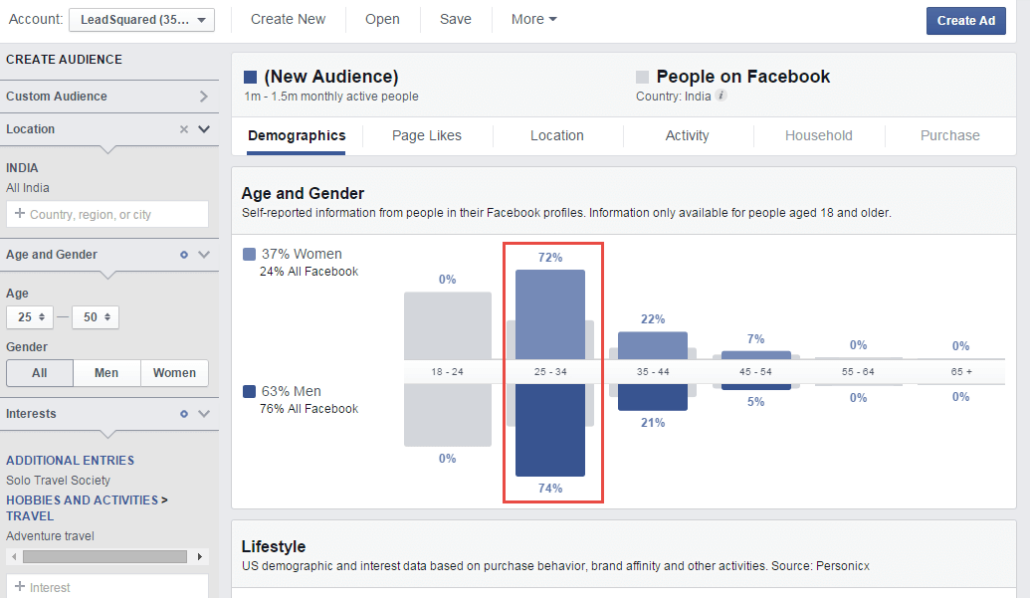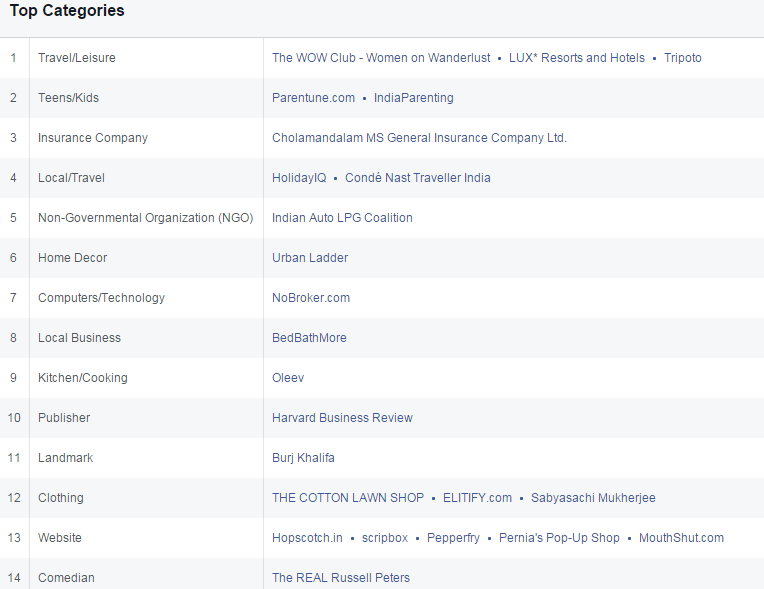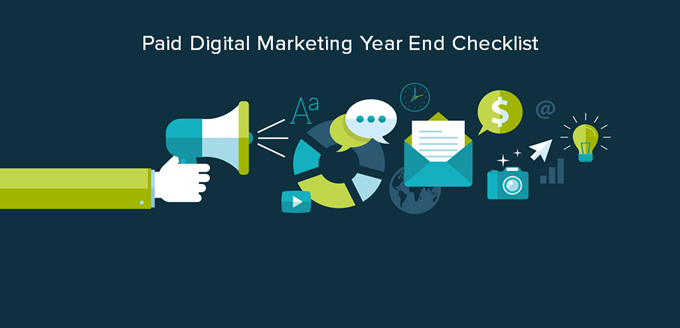How well have you been keeping up with the latest trends in the digital marketing field? If you want the complete list, watch our webinar on “Paid – Digital Marketing Year End Checklist”. Here Meenu Joshi – the Digital Marketing Manager at LeadSquared talks about the newest updates that have been rolled out on the online media channels (like Google AdWords, LinkedIn, Facebook and Twitter – the usual suspects). You can access the recording here .
The session was followed by an interesting Q&A session. The summary of the same is given hereunder.
How to put up Instagram ads?
To put up Instagram Ads, you need to have a Facebook account. Currently you shall have to use the Power Editor or Facebook APIs. The Ad will have a “sponsored” tag at the top and shall appear along with the user’s regular newsfeed. The orientation would be landscape of square, depending on what has been chosen by you while setup. Every ad will contain a CTA. Your description of the ad will be shown beneath the CTA. Remember, the Instagram user can provide feedback to your ad and also choose to opt out of it. So choose your target audience wisely. If your target group is faulty, you will have people opting out of seeing your Ad or worse, giving negative feedback about it. Both of these could be disastrous to your campaign.
When you refer to “audience insights” is there anything in particular you check? What demography should we focus on?
Well, we discussed Facebook’s audience insights in the webinar, but it’s available in Twitter as well. I shall get to that in a bit. About, the Facebook insights, the great part is that you can choose your target audience even before running the ads, and check their preferences – so you should see the devices that they generally use (if mobile, you’d know that using mobile newsfeed would be a good option), then you should look at their demography options, and the pages they have liked. It will give you a good idea of what your targeting should be like.


Simply put, it gives you more information about your audience on both the sites so that you can customize your ads to suit their behavior and trend. Just so you know, this is different from the “Page Insights”. The latter gives the user trends on the interaction the audience has had with the user page (viz. when does it get maximum traffic, how many people shared or liked the post, the user comments etc.). On the other hand, “Audience Insights gives you information of users across Facebook and Twitter. Here is an example of how the insights page looks on Twitter:

(Source: Twitter blog: https://blog.twitter.com/2015/introducing-audience-insights)
What you need to focus on in particular will depend solely on the purpose of your ads. Say, you want to sell a new cosmetic cream for women. You shall then choose women (in the demographics), see if you can find those interested in beauty and make up, check their purchasing behavior so that you can time your ads. If you are a travel company, then you will definitely target those who have listed “travel” in their interest. The mobile footprint will tell you the mobile usage behavior of your target group, so that you can tailor make some mobile friendly landing pages and campaigns solely for them.
The list of possibilities is quite vast. Put a lot of thought into how you are going to target your audience though. It will drastically affect the performance of your ads.
How do we suppress competition from seeing our Ads on LinkedIn?
Now, am really glad you spoke about competition exclusion. It gives one a number of advantages. What better way to maintain exclusivity and secrecy (to some extent) about your ad copy if your competition cannot view it?! Exclusion targeting on LinkedIn is the way to go!
You can exclude your competitors by including the company names in the exclusion list.
Simply go to your campaign and select “Edit” option next to “Audience”. In the options that come up, just choose “Exclude” for every category. In addition to exclusion by company name, you can exclude your audience based on their, job title, skill sets, and even company size! This is also a great way to exclude your co-workers from clicking on your ad and wasting money. By excluding them, you can ensure that the ad is not served to them in the first place.
Quick tip: Excluding competition might not make sense for all ads. If you are trying to hire someone for a position in your company, wouldn’t you want suitable candidates, even if they belong to your competition, applying for it?! On the other hand, this kind of exclusion is seen even in Google AdWords where companies fiercely guard their keywords to ensure that the competition doesn’t get wind of it and start bidding wars. What better way to lull your competition into a false sense of security if your ad does not show up for a particular set of key words?!
Any tips for B2B businesses focused on education?
Oh Yes! Tips aplenty! For B2B businesses focused on education, I think all the channels would work well – LinkedIn, Adwords, Facebook and Twitter. So, they should divide the budget up initially, then once they start generating leads, they should analyze which channel is getting the best leads at the lowest cost, and invest more on that.
Is there a way to tell Google to show extensions according to our preference?
Google Ad extensions are according to our preferences! You can choose to show ad extensions like “Location” or “Reviews” or “Apps” etc. For mobile specific landing pages, it would be a good idea to include the direct call link button. Remember to ad atleast a few ad extensions. Not only does it increase the real estate of your ad and thus makes it more visible, it will also avoid drop-offs with every increased click if your audience can find what they are looking for right there.
That being said, some ad extensions – like seller ratings, consumer ratings, social extensions, dynamic sitelink extensions, dynamic snippet extensions and previous visits are automatically added by Google if it thinks that it will increase the CTR of your ad.
Is it better to have a responsive page for Ad words ad campaigns or is it better to have two separate pages for mobile and desktop computers?
Responsive landing pages are always the way to go!! It is the best way to capture and track leads. It is a good thing to think of your mobile users as well (given the huge number of those who depend on their phones) so just ensure that your page is mobile friendly.









